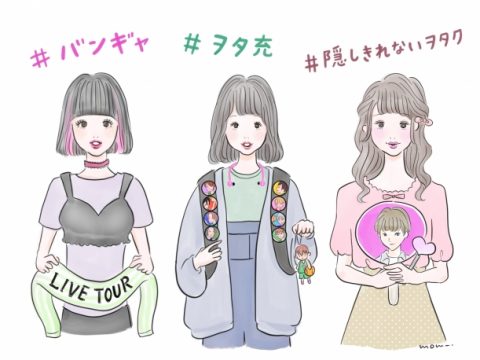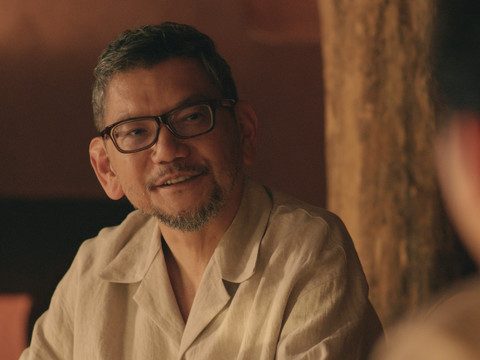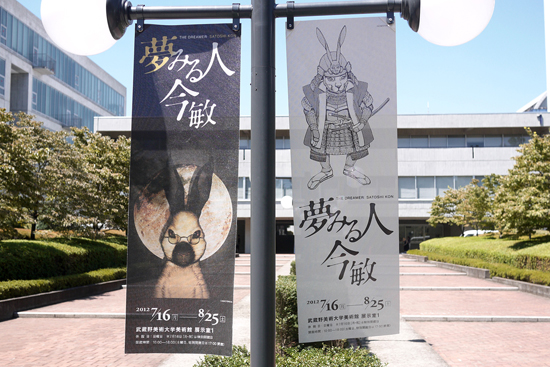
Tragedy struck the world of anime on August 24th, 2010, with the passing of director Satoshi Kon at age 46. Kon, creator of the films Perfect Blue, Millennium Actress, Tokyo Godfathers and Paprika, as well as the series Paranoia Agent, was a once-in-a-generation auteur, a visionary who was equally adept at each stage of the filmmaking process and whose work was, regardless of plot or setting, indelibly his. From his earliest scripts, Kon was known for his interest in the blurry line between fantasy and reality, the waking mind and the dreaming one.
 This month, Musashino Art University, Kon’s alma mater, paid tribute to the master with the appropriately-titled exhibition “The Dreamer: Satoshi Kon.” Nestled in a Tokyo suburb, the university took some getting to, but the trip was well worth the unique look at Kon’s legacy.
This month, Musashino Art University, Kon’s alma mater, paid tribute to the master with the appropriately-titled exhibition “The Dreamer: Satoshi Kon.” Nestled in a Tokyo suburb, the university took some getting to, but the trip was well worth the unique look at Kon’s legacy.
Kon is best known as a director, and art from his films was on full display, occupying about half the gallery. Some items would be familiar to any casual fan, such as posters for each film. Other pieces, though, were more unique: Kon’s original line art for the Perfect Blue poster, for example, complete with white-out. The Millennium Actress wall featured 24 different posters for fake movies “starring” the titular actress, most of which were never seen in the film itself (my favorite was for a monster movie called Gigara, obviously modeled after the original 1954 poster for Godzilla). The Tokyo Godfathers wall was adorned with concept photos taken on the streets of Tokyo, showing some of the references for Kon’s photo-realistic backgrounds.
But directing was only one of Kon’s skills. A large section of the gallery was devoted to Kon’s manga, little of which has ever been released in the west. Several breathtaking original pages from Seraphim, the manga Kon wrote with director Mamoru Oshii (Ghost in the Shell, Sky Crawlers), make the mind reel when realizing not only has it never been released in the States, but was out of print for years in Japan.
Finally, as his alma mater, the university had access to some of Kon’s art school works, including still life oil paintings and pencil drawings. These works bear no resemblance to manga-style art, showing the director’s classical training.
What became clear in viewing this exhibition – and something that’s not so clear from only watching his films – is how adept Kon was in so many different media. Some of the rarer items from Kon’s early career included book covers and classical music album jackets, all well-designed. Even the few photographs on display, including a handful of Kon’s cat, displayed his excellent sense of composition.
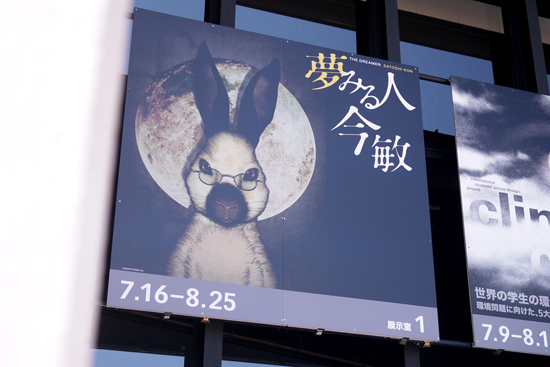
But it was also clear how seamlessly Kon could switch styles within a certain medium. Though the designs in Kon’s four films share a common thread, he was also able to draw in a much more European style, as evidenced in the gothic look of Seraphim, or go for a detailed-oriented, mechanical look, as in some pieces that eerily resembled the style of Kon’s former master Katsuhiro Otomo (Akira).
Though it’s always depressing to be reminded of the loss of this great auteur, “The Dreamer” was ultimately an uplifting event. For one thing, it was a reminder there’s a wealth of Kon material yet to be seen in the west. And for another, the exhibition, though nearing the end of its run, was still filled with art students, taking inspiration from one of anime’s greats.



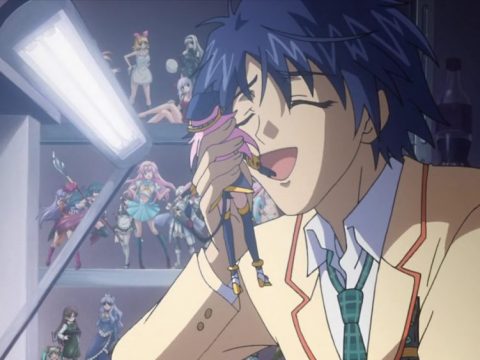
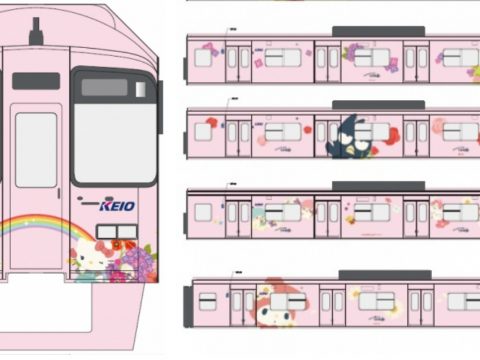
![Doc Big in Japan Offers A Guide on How (or How Not) to Get Famous in Japan [Review] Doc Big in Japan Offers A Guide on How (or How Not) to Get Famous in Japan [Review]](https://otakuusamagazine.com/wp-content/uploads/2018/07/biginjapan01-480x360.jpg)
